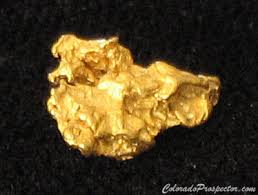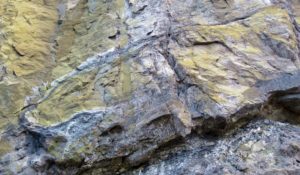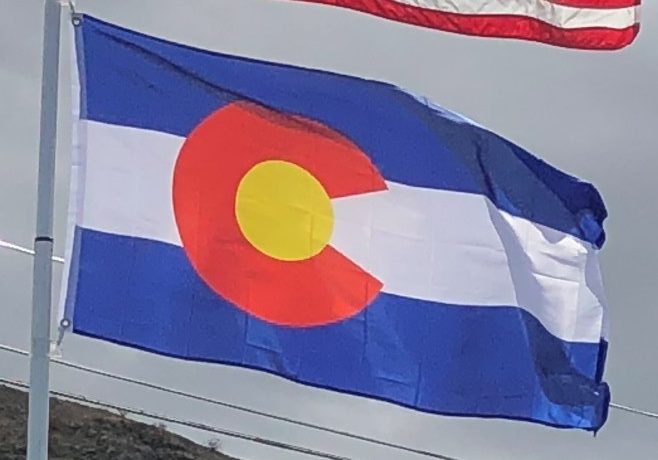Colorado became the first western state to host a major political convention when the Democratic Party met in Denver in 1908. By the U.S. Census in 1930, the population of Colorado first exceeded one million residents. Colorado suffered greatly through the Great Depression and the Dust Bowl of the 1930s, but a major wave of immigration following World War II boosted Colorado’s fortune. Tourism became a mainstay of the state economy, and high technology became an important economic engine. The United States Census Bureau estimated that the population of Colorado exceeded five million in 2009.
Economy:
The state’s economy broadened from its mid-19th-century roots in mining when irrigated agriculture developed, and by the late 19th century, raising livestock had become important. Early industry was based on the extraction and processing of minerals and agricultural products. Current agricultural products are cattle, wheat, dairy products, corn, and hay.
The federal government is also a major economic force in the state with many important federal facilities located in the state. In addition, Colorado has abundant National Forest land and four National Parks that contribute to federal ownership of 24,615,788 acres of land in Colorado, or 37% of the total area of the state. In the second half of the 20th century, the industrial and service sectors have expanded greatly. The state’s economy is diversified, and is notable for its concentration of scientific research and high-technology industries. Other industries include food processing, transportation equipment, machinery, chemical products, the extraction of metals such as gold, silver, and molybdenum.

Colorado now also has the largest annual production of beer of any state. Denver is an important financial center.
Colorado has significant hydrocarbon resources. According to the Energy Information Administration, Colorado hosts seven of the Nation’s 100 largest natural gas fields, and two of its 100 largest oil fields. Conventional and unconventional natural gas output from several Colorado basins typically account for more than 5 percent of annual U.S. natural gas production. Colorado’s oil shale deposits hold an estimated 1 trillion barrels of oil—nearly as much oil as the entire world’s proven oil reserves; the economic viability of the oil shale, however, has not been demonstrated. Substantial deposits of bituminous, subbituminous, and lignite coal are found in the state.
Uranium mining in Colorado goes back to 1872, when pitchblende ore was taken from gold mines near Central City, Colorado. The Colorado uranium industry has seen booms and busts, but continues to this day.

Not counting byproduct uranium from phosphate, Colorado is considered to have the third-largest uranium reserves of any U.S. state, behind Wyoming and New Mexico. Uranium price increases from 2001 to 2007 prompted a number of companies to revive uranium mining in Colorado. Price drops and financing problems in late 2008 forced these companies to cancel or scale back uranium-mining project. Currently, there are no uranium producing mines in Colorado.
Colorado’s high Rocky Mountain ridges and eastern plains offer wind power potential, and geologic activity in the mountain areas provides potential for geothermal power development. Much of the state is sunny, and could produce solar power. Major rivers flowing from the Rocky Mountains offer hydroelectric power resources. Corn grown in the flat eastern part of the state offers potential resources for ethanol production.
Transportation:
Colorado’s primary mode of transportation, in terms of passengers, is its highway system. Interstate 25 (I-25) is the primary north–south highway in the state, connecting Pueblo, Colorado Springs, Denver, and Fort Collins, and extending north to Wyoming and south to New Mexico. I-70 is the primary east–west corridor. It connects Grand Junction and the mountain communities with Denver, and enters Utah and Kansas. Numerous state and local routes connect smaller communities.
